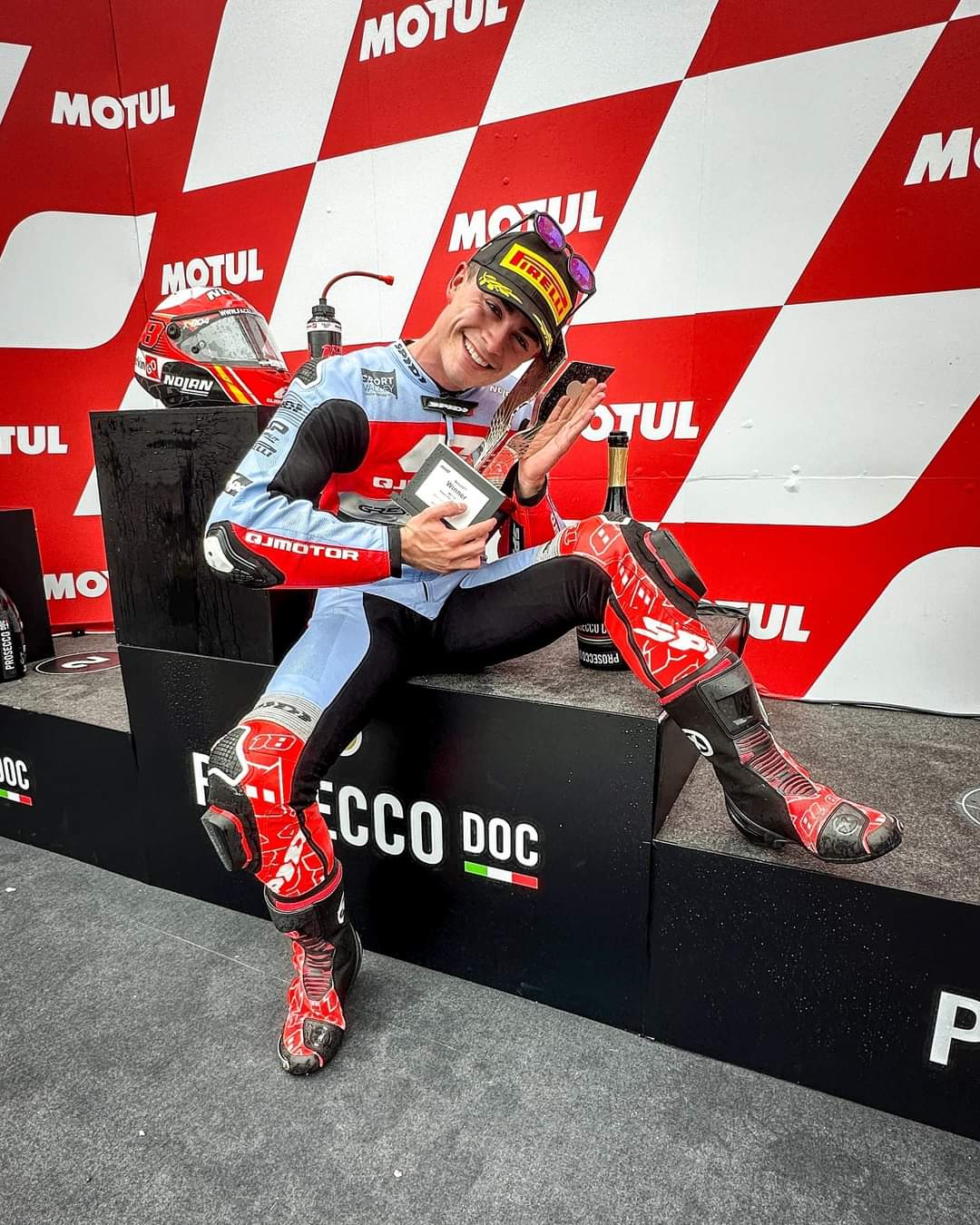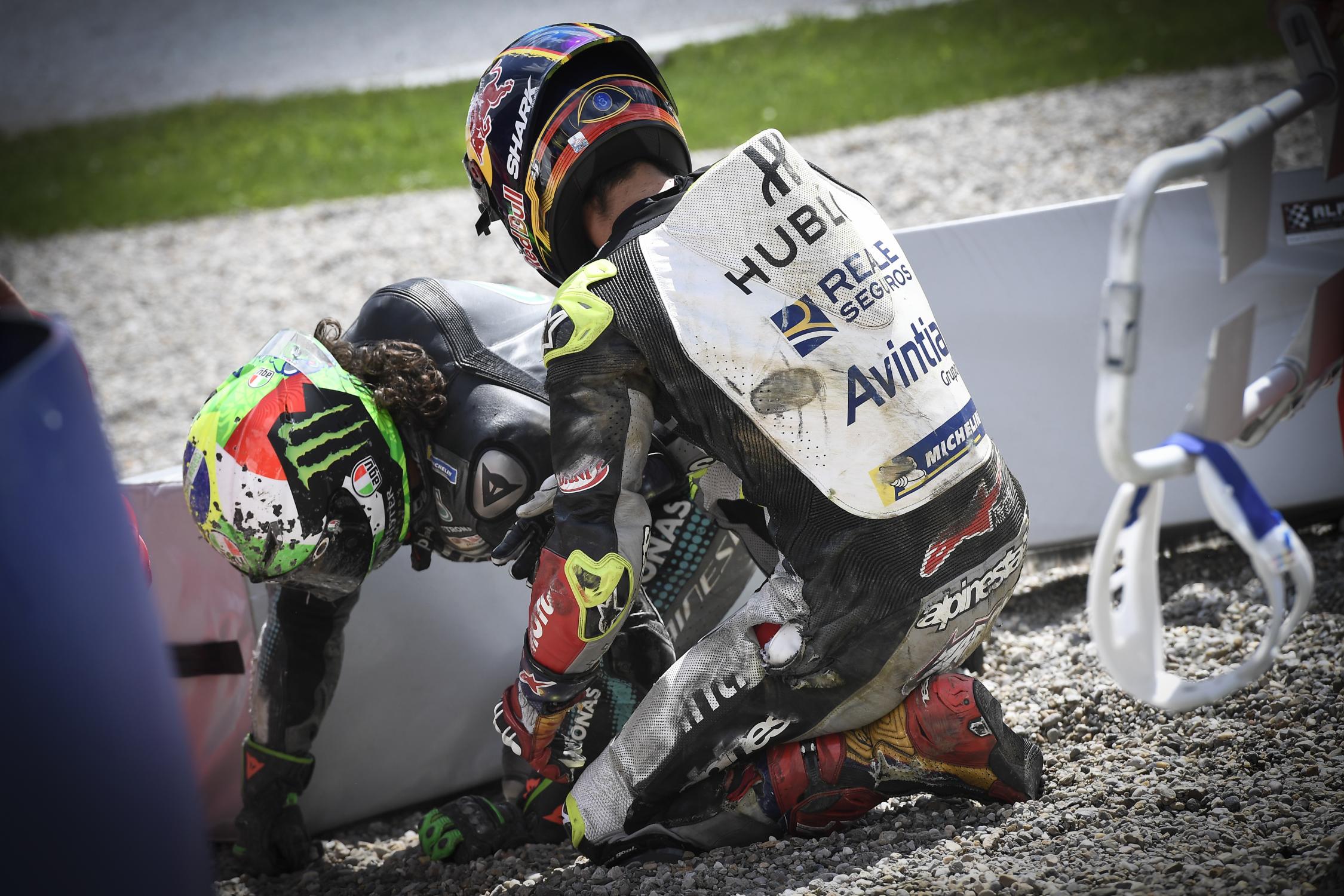
AustrianGP: Why Johann Zarco isn’t completely to blame for Austrian crash
By Short Shift News
On lap nine of the Austrian Grand Prix, Johann Zarco and Franco Morbidelli were the cause of a spectacular, but horrific, crash at turn two and turn three. In this piece, we express our OPINION as to why the Frenchman isn’t 100% at fault…
The pair were battling for eighth place before Zarco passed Morbidelli at the bottom of the hill, the Frenchman drifted wide, across the nose of Morbidelli causing them both to crash.
However, despite everyone pointing the finger to Johann Zarco, the former Moto2 champion isn’t exactly to blame for yesterday’s high-speed collision.
Johann Zarco, riding a Ducati GP19, was in the slipstream of the Yamaha, a bike that we know does not have the greatest top-end speed. Zarco pulled to the left-hand side of the M1 Yamaha at turn two, but when he applied the brakes, Zarco drifted out wide into the path of Morbidelli.
MotoGP bikes have a minimum weight limit of 160 kilograms and travel at speeds of 310 kph. The momentum of the bikes means that when the riders want to change direction, it’s difficult. The wheels are spinning that fast that all it wants to do is go straight, which is exactly what the Esponsorama Racing Ducati did.
The racing line into the tricky turn three is a strange one. Flat out in sixth gear through the bottom of the dip at turn two, before pulling the brakes with unbelievable force. The bike will then naturally pull to the right because at those speeds all the bike wants to do, is go straight. Once you have the bike settled, you’ll see riders swerve from the middle of the circuit back to the outside of the track before tipping into the corner. When you watch the onboard footage, you can clearly see this line taking effect.
Johann Zarco did just that. He took the racing line but sadly, once the bike started to drift, Zarco couldn’t get the bike hooked back to the left-hand side of the track, forcing Morbidelli to run into the back of him.
You can see the line mentioned above is used here: https://twitter.com/MotoGP/media and Andrea Dovizioso explains it to BT Sport’s Neil Hodgson back in 2016: https://www.youtube.com/watch?v=P1hYhWsx_90



We’re of course not saying that Johann Zarco should not partially take the blame. The Frenchman is in control of his motorcycle and knows that turn two is not a safe place to overtake. It’s a 300 kph kink to the left which climbs uphill into a 50 kph sharp turn three and if you get it wrong at the bottom of the hill, you’ll know about it by the time you’ve made the short sharp run up the hill into turn three. Zarco claims that “the nature of the circuit sucked him in” which is arguably true. As mentioned above, Zarco was on the racing line but continued to drift wide – leaving Morbidelli nowhere to go.
Zarco is among 21 other riders all risking their lives for our entertainment, so moves like this have to be carefully thought out. Zarco’s move was ‘reckless’ but was ‘normal’. He was on the racing line, but couldn’t get the bike to turn back to the left hand side of the race track.
Morbidelli also possibly thought he had a shot at getting back passed the Ducati on the brakes. We know the Yamaha is perfect under braking and mid-corner, which could have been a factor in the collision.
The Red Bull-owned circuit will need to undergo serious changes before we think it is 100% safe to host a MotoGP event again… However, MotoGP returns this week for the second Austrian race.
There is, of course, another aspect, Morbidelli could have been disturbed by the aerodynamic fairing of Zarco. Aero fairings upset the air, causing it to be a bit more turbulent once it’s done its job of forcing the front of the bike into the tarmac. Think of it as turbulence in an aeroplane. Disturbed air passes the aircraft, forcing it to plummet. Morbidelli’s bike could have hit turbulent air as he grabbed the brake, pulling/forcing his M1 Yamaha to the left and effectively magnetizing himself to the back of Zarco’s GP19.
The next thing to look at is track layout. Why would you put a slow, bottom geared right hand hairpin after a 300kph left hander? If you crash on a left, naturally you and the motorcycle will slide to the right. If the track designers had extended the run between turn two and three by a fair margin, this could’ve led to a much more positive outcome. Failing that, Red Bull own a ridiculous amount of land surrounding the old layout of the Red Bull Ring. They could, at a cost, make the left hander more acute, forcing riders to slow down much earlier and then extending the run into turn three, making that more of a swooping right hander, much like the two swooping left handers later in the lap.
As mentioned above, this is our opinion, there are little facts into trajectories and data from the bikes to work with, but when evaluating photos, replays and live onboard tv footage, it is clear that Zarco perhaps didn’t do anything out of the ordinary and instead failed to gain an understanding on Franco’s track position.
Featured image: MotoGP.com
Looking to update your website?
Recent posts
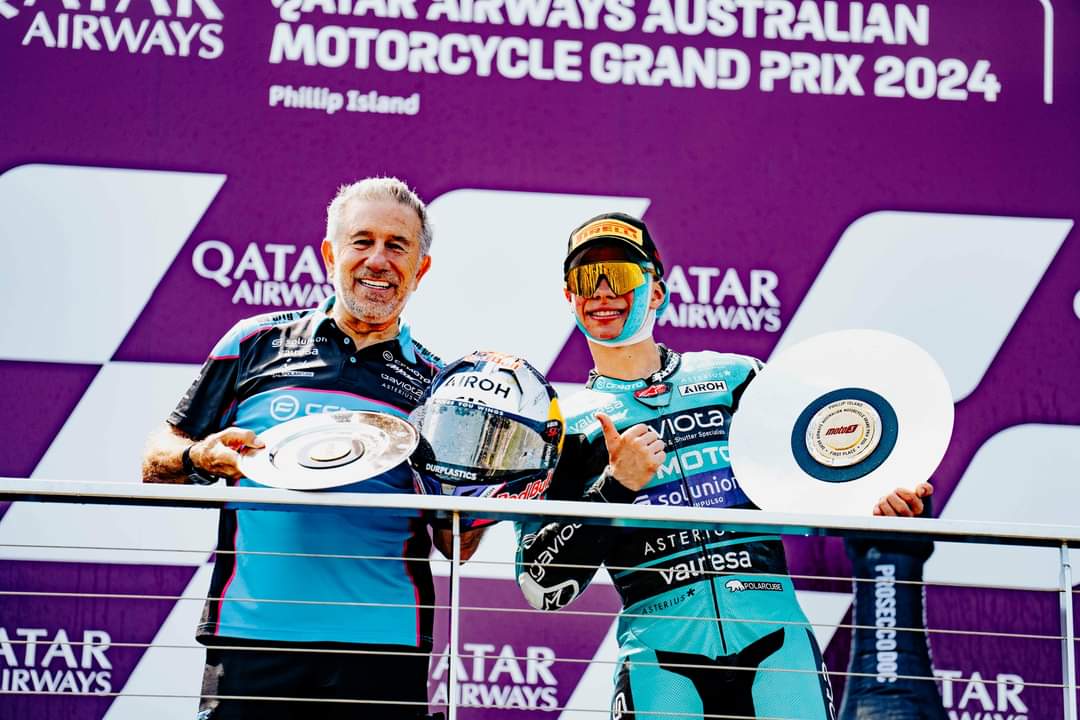
Moto3: David Alonso Equals Valentino Rossi as the Rider with the Most Victories in the Lightweight Class

Moto2: Fermin Aldeguer Takes Victory After a Last Battle with Fellow Spaniard Aron Canet at Phillip Island
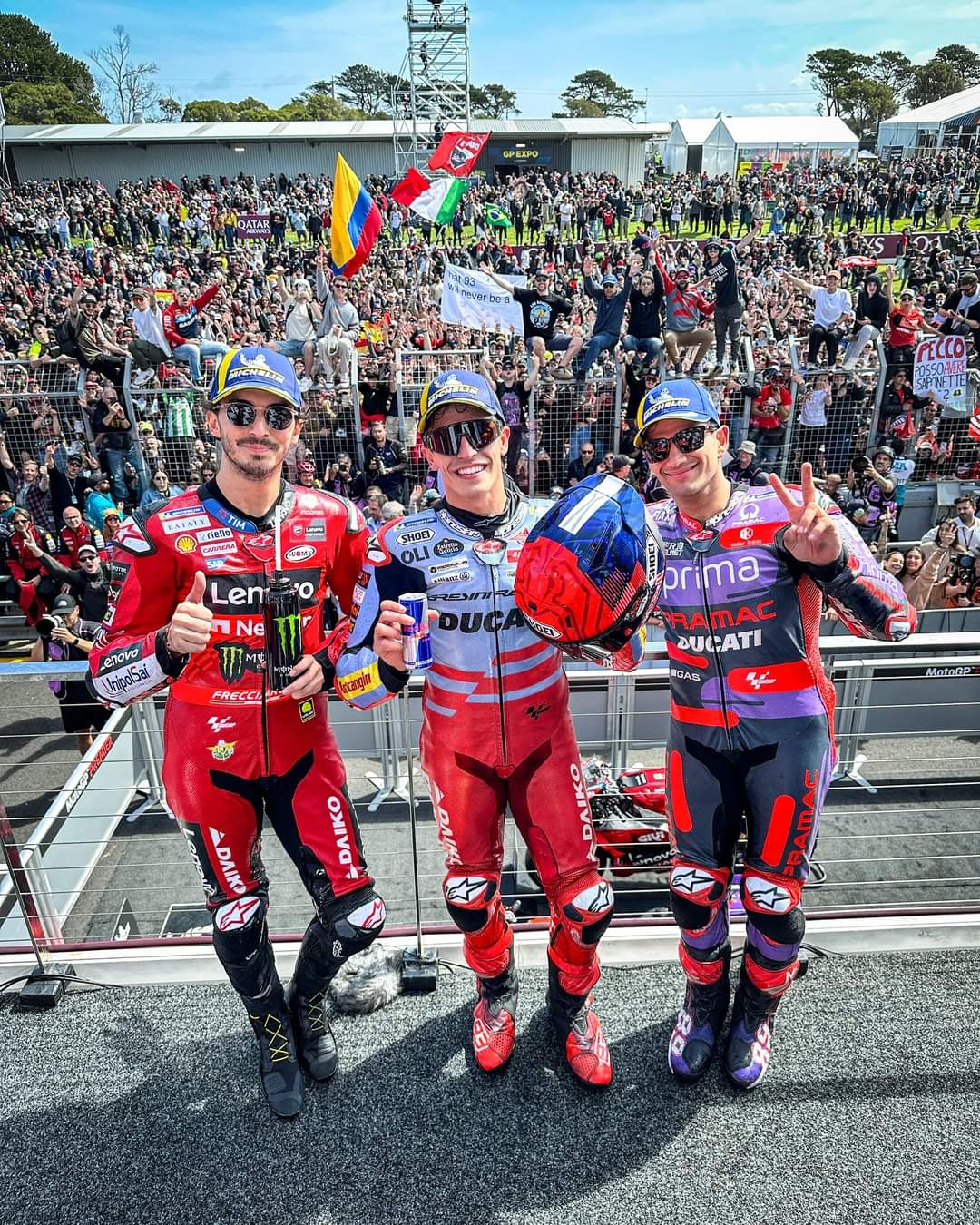
MotoGP: Marc Marquez Performs Victorious Comeback at Phillip Island
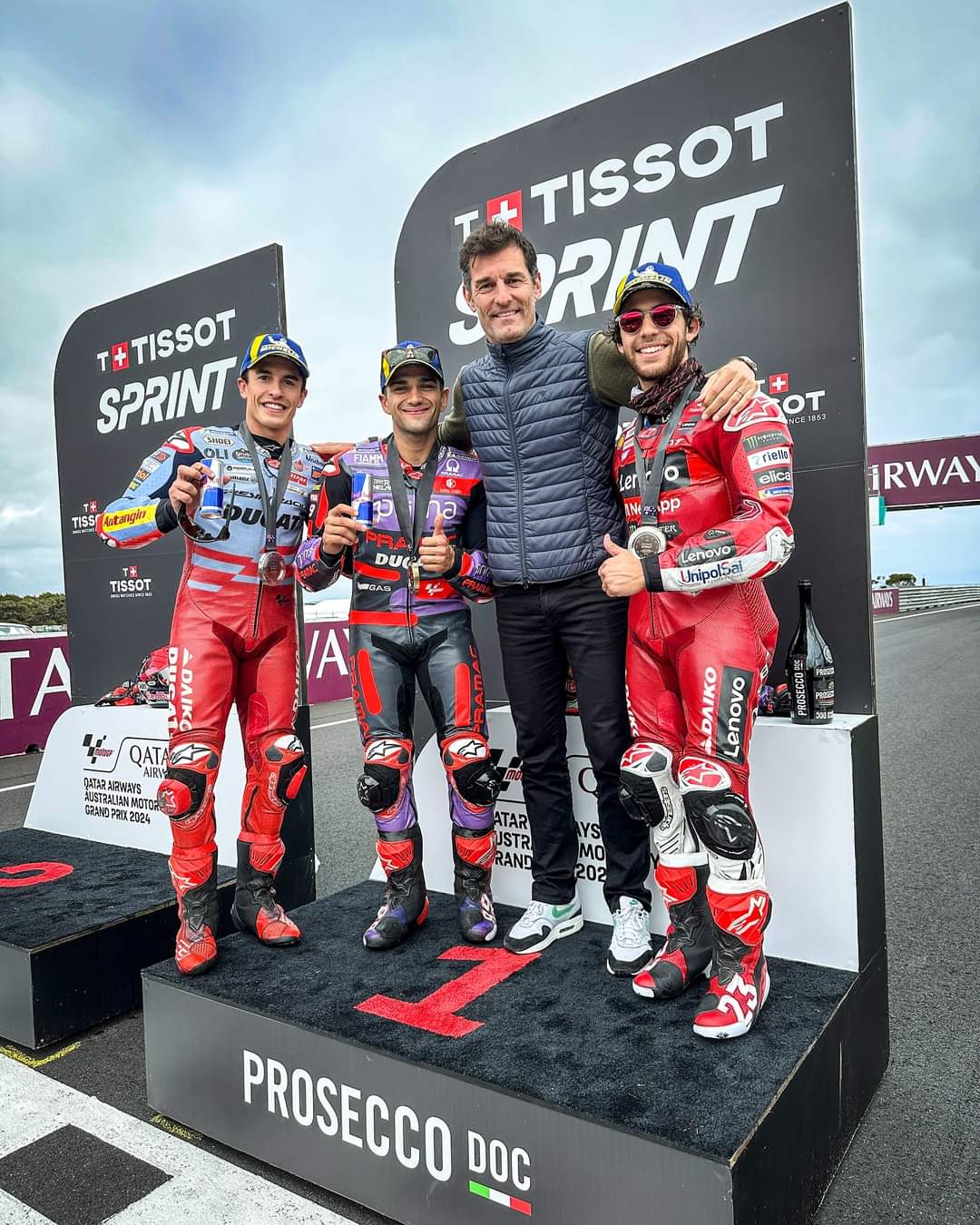
MotoGP: Jorge Martin victorious in the Tissot Sprint at Phillip Island
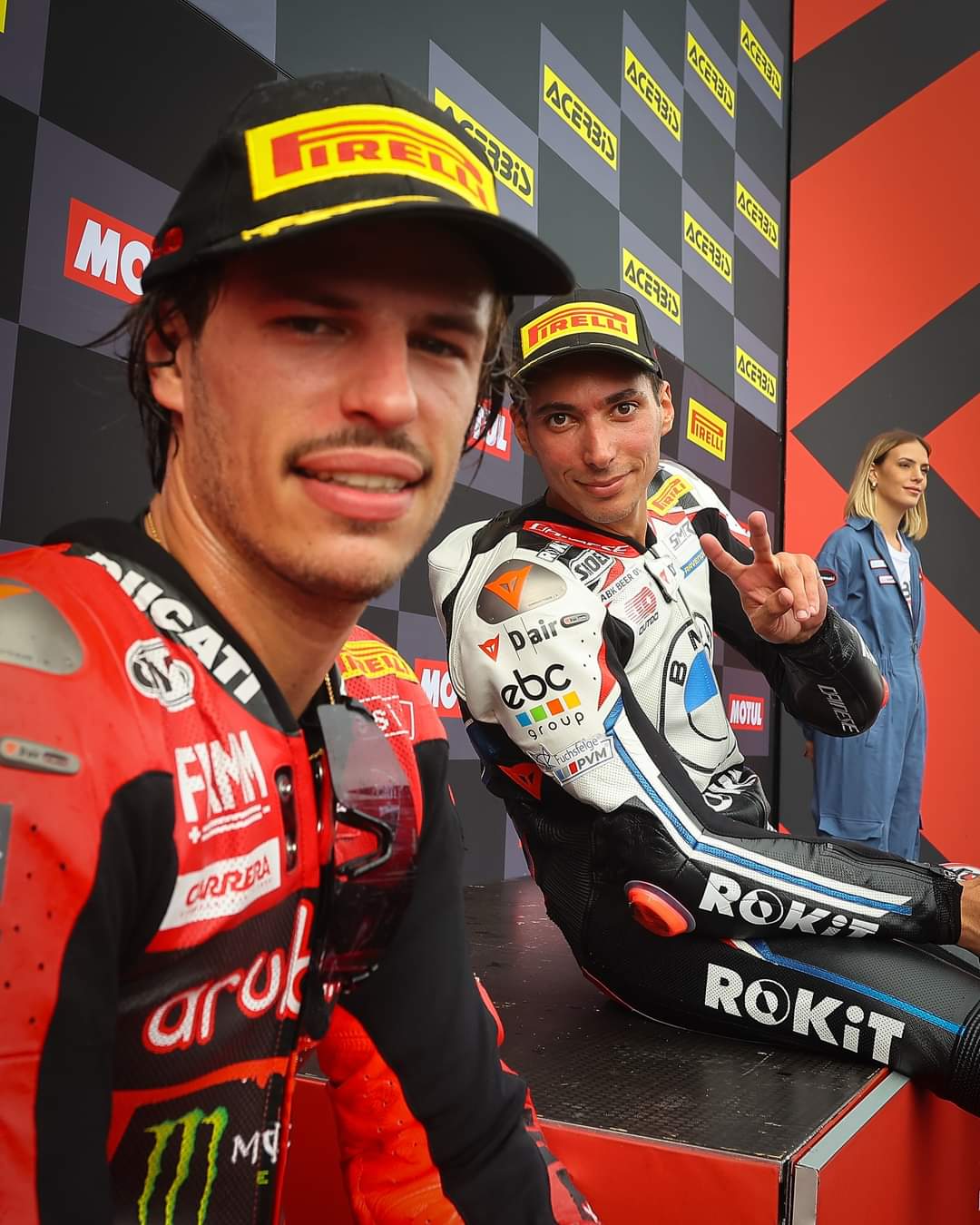
WSBK: Toprak Razgatlioglu Puts One Hand On The 2024 World Superbike Championship Title.
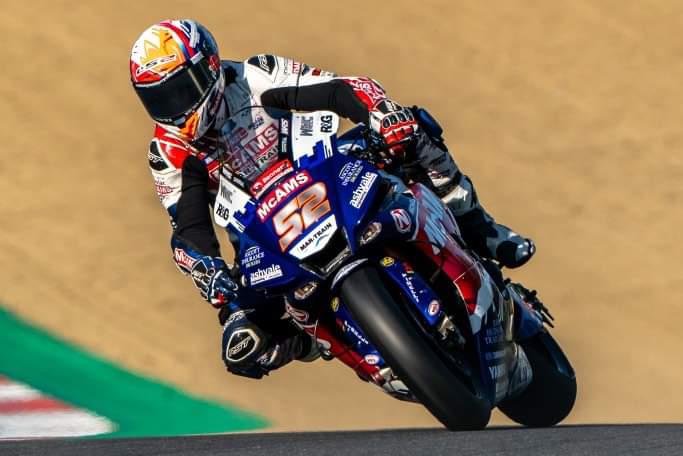
BSB: 2024 Wrapped Up with Positive Sensations.
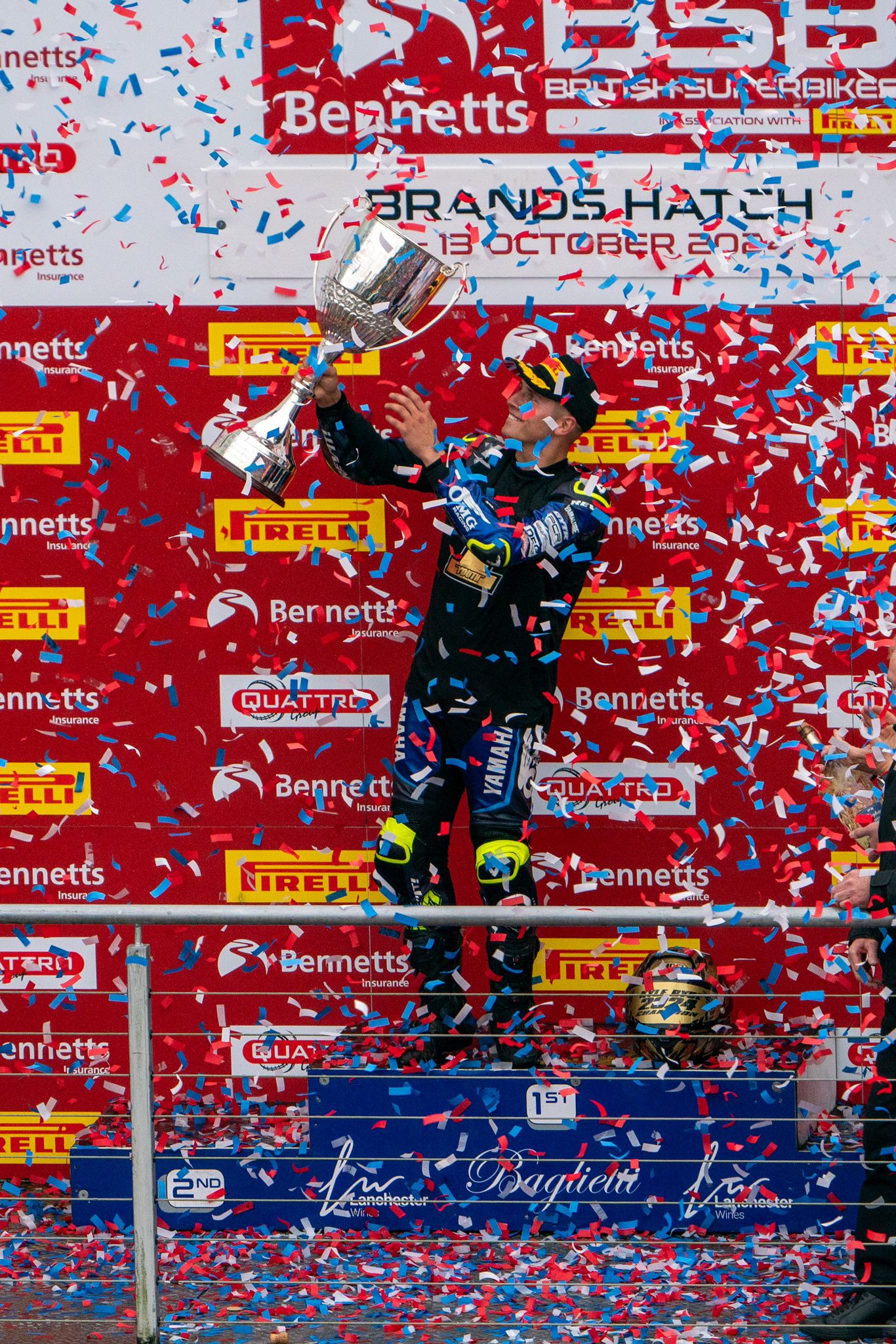
BSB: OMG Racing’s Kyle Ryde is crowned the 2024 Bennetts British Superbike Champion.
